
Green Energy Storage: Cutting-Edge Technology
In the quest for sustainable energy solutions, the development of green energy storage technology has emerged as a critical focus area. This innovative technology holds the potential to revolutionize the way we capture, store, and utilize renewable energy, paving the way for a cleaner and more sustainable future.
The Need for Storage Solutions
As renewable energy sources such as solar and wind power become increasingly prevalent, the need for effective energy storage solutions becomes more pressing. Unlike traditional fossil fuels, renewable energy is often intermittent, meaning that it is not always available when demand is high. Green energy storage technology addresses this challenge by enabling the capture and storage of excess energy during periods of low demand for use during peak times.
Harnessing Renewable Resources
One of the key advantages of green energy storage technology is its ability to harness renewable resources such as sunlight, wind, and water for energy storage. Technologies such as batteries, pumped hydro storage, and compressed air energy storage (CAES) systems are capable of storing energy generated from renewable sources and releasing it when needed. By leveraging renewable resources for energy storage, these technologies offer a sustainable alternative to traditional storage methods that rely on finite fossil fuels.
Enhancing Grid Stability
Effective energy storage is essential for maintaining grid stability and reliability in the face of fluctuating demand and variable renewable energy output. Green energy storage technology plays a crucial role in balancing supply and demand on the grid by storing excess energy during periods of low demand and releasing it when demand is high. This helps to reduce the need for expensive peaking power plants and fossil fuel-based generation, ultimately leading to a more resilient and sustainable energy grid.
Enabling Energy Independence
Green energy storage technology also offers the potential to enhance energy independence by reducing reliance on centralized power grids and fossil fuel imports. Distributed energy storage systems, such as home battery storage units and community microgrids, allow consumers to generate, store, and use their own renewable energy on-site. This not only provides greater control over energy costs and consumption but also reduces vulnerability to disruptions in centralized power supply systems.
Driving Innovation and Investment
The growing demand for green energy storage technology has sparked a wave of innovation and investment in the sector. Companies and research institutions around the world are developing new and improved energy storage technologies that offer higher efficiency, lower costs, and greater scalability. Governments are also providing incentives and subsidies to encourage the adoption of green energy storage solutions, driving further investment and deployment.
Overcoming Challenges
Despite its many benefits, green energy storage technology still faces several challenges that must be addressed to realize its full potential. These include concerns about the environmental impact of battery manufacturing and disposal, as well as the need for improvements in energy storage efficiency and cost-effectiveness. Addressing these challenges will require collaboration and innovation from stakeholders across the public and private sectors.
In the midst of this transformative shift towards a more sustainable energy future, green energy storage technology stands at the forefront of innovation and progress. By enabling the effective capture, storage, and utilization of renewable energy, this cutting-edge technology offers a pathway to a cleaner, more resilient energy system for generations to come.












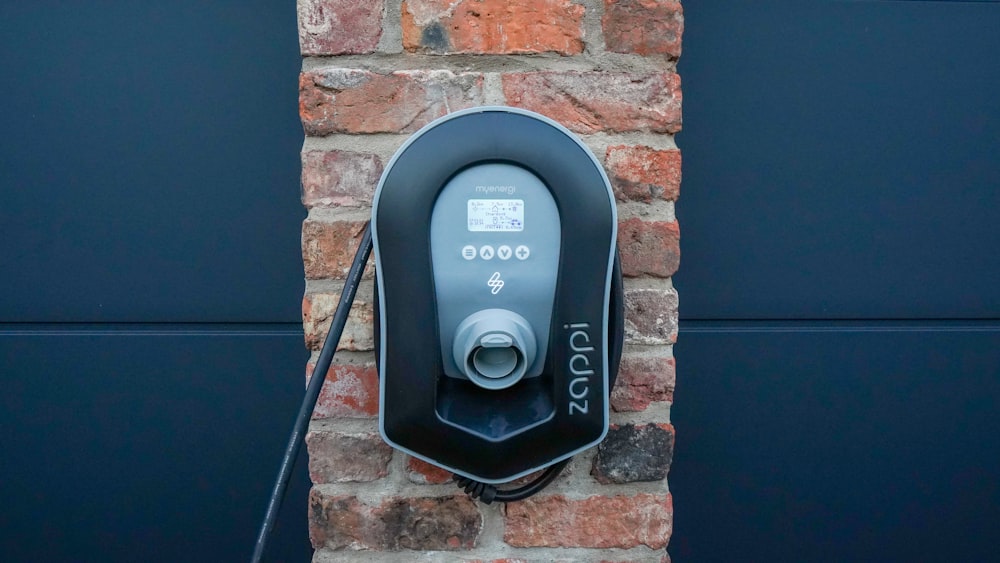
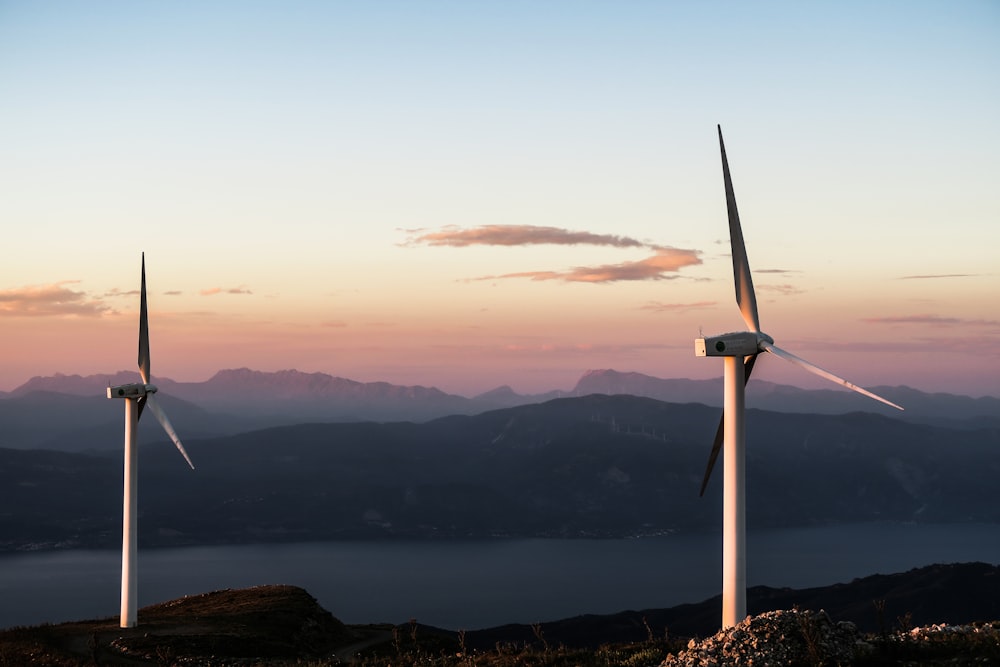
-min.png)

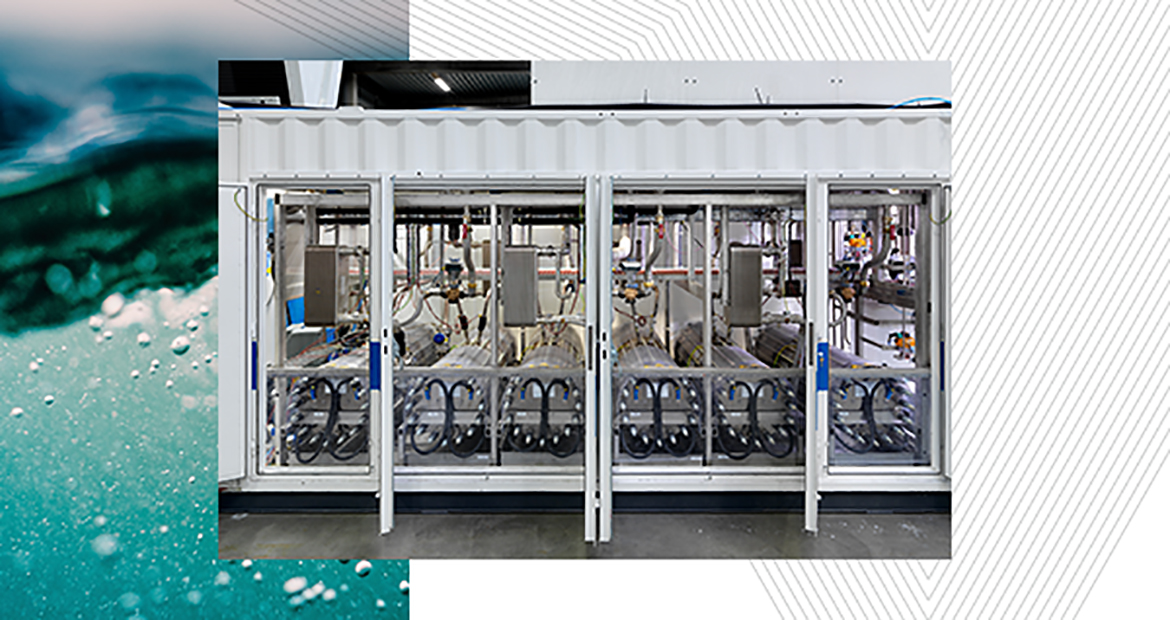
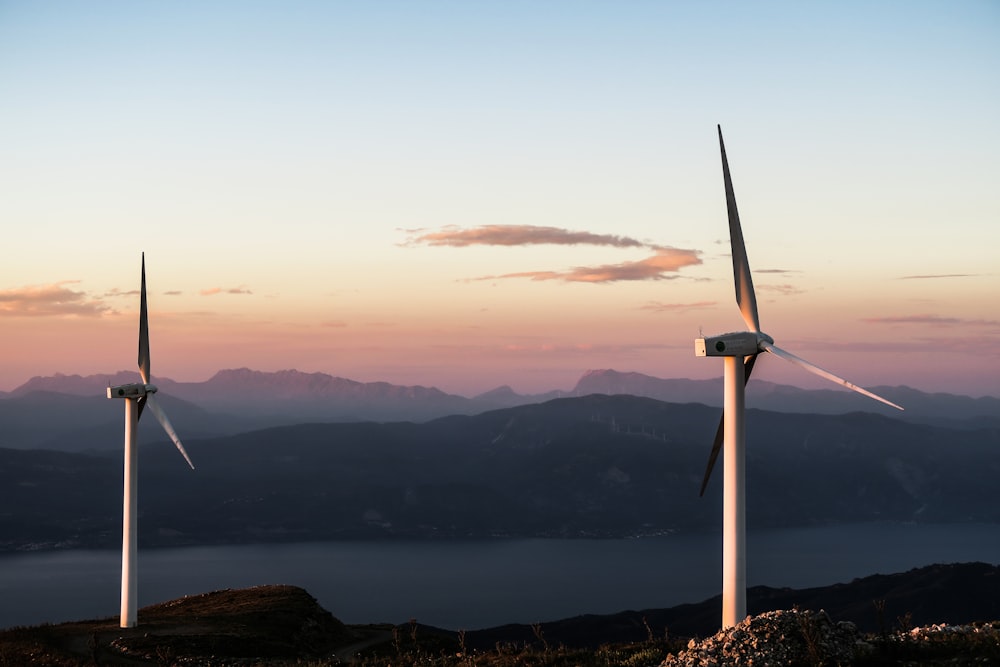


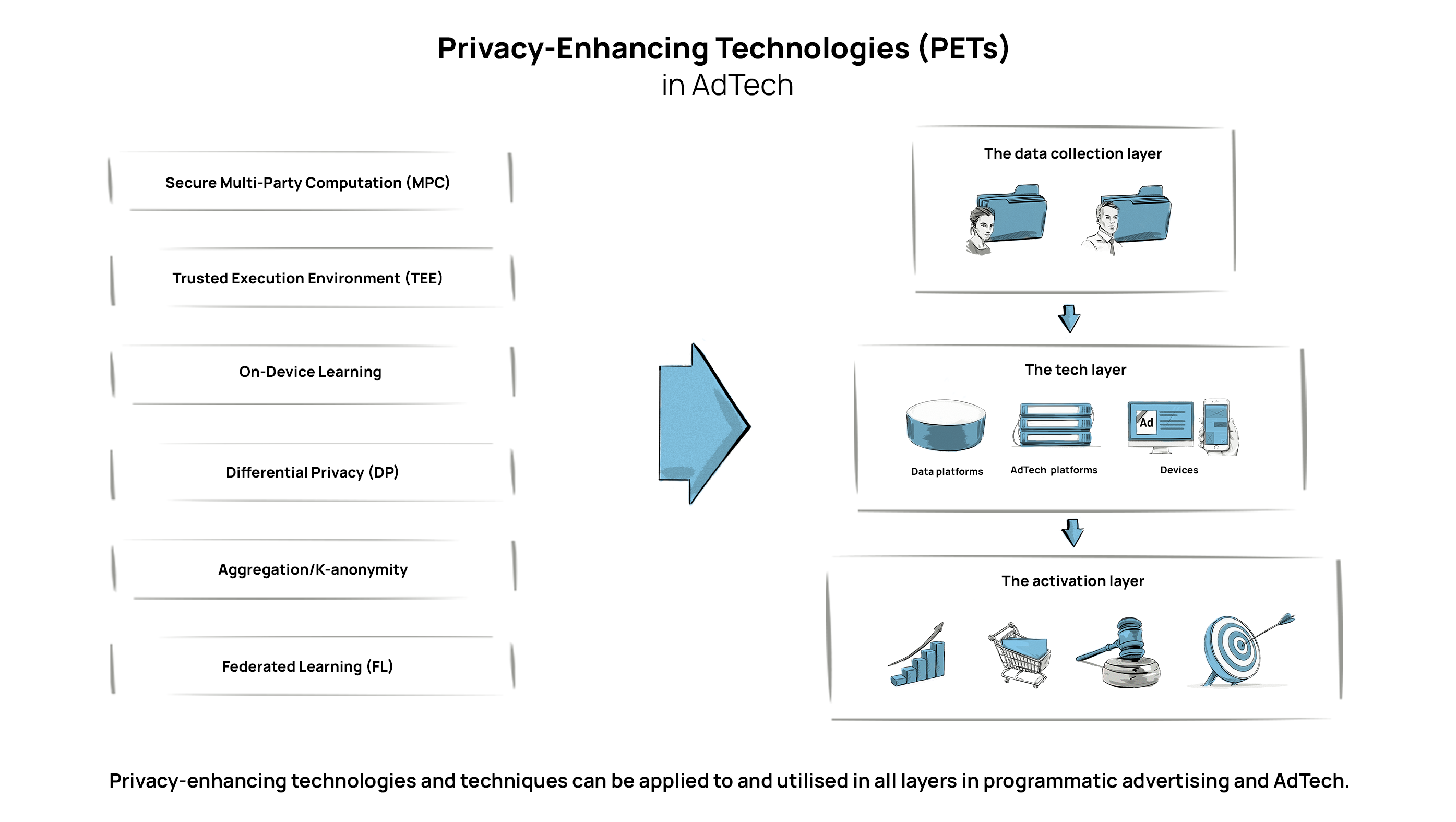
.png)



